
Ansel Easton Adams was an American landscape photographer and environmentalist known for his black-and-white images of the American West. He helped found Group f/64, an association of photographers advocating "pure" photography which favored sharp focus and the use of the full tonal range of a photograph. He and Fred Archer developed a system of image-making called the Zone System, a method of achieving a desired final print through a technical understanding of how the tonal range of an image is the result of choices made in exposure, negative development, and printing.

André Kertész, born Andor Kertész, was a Hungarian-born photographer known for his groundbreaking contributions to photographic composition and the photo essay. In the early years of his career, his then-unorthodox camera angles and style prevented his work from gaining wider recognition. Kertész never felt that he had gained the worldwide recognition he deserved. Today he is considered one of the seminal figures of 20th century photography.

Berenice Alice Abbott was an American photographer best known for her portraits of cultural figures of the interwar period, New York City photographs of architecture and urban design of the 1930s, and science interpretation of the 1940s to the 1960s.
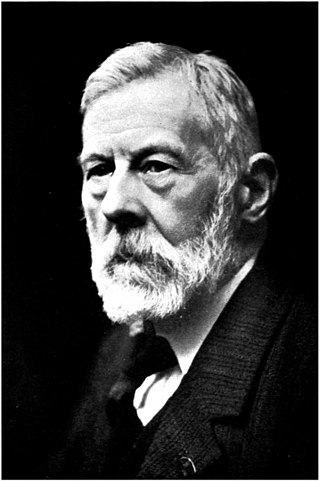
Robert John Welch was an Irish photographer interested in natural history, particularly mollusca. Welch, born in Strabane, County Tyrone, lived for a time in Enniskillen. He was the son of an accomplished Scottish amateur photographer. After the death of his father, Welch established his own business in 1883 in Lonsdale Street in Belfast. Much of his time was spent taking pictures that reflected the life of the people and the contemporary landscape.

Belfast Exposed is a photography gallery in Belfast, established in 1983. It was Northern Ireland's first dedicated photographic gallery and in 2018 Sean O'Hagan in The Guardian described it as "the key independent space for contemporary photography" there. Belfast Exposed houses a 20×7 m gallery for the exhibition of contemporary photography, digital archive browsing facilities, a spacious black and white photographic darkroom and a digital editing suite in its Donegall Street premises.
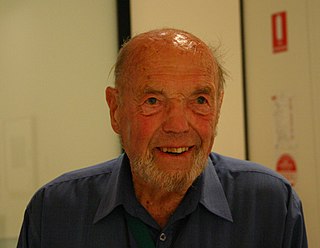
Wolfgang Georg Sievers, AO was an Australian photographer who specialised in architectural and industrial photography.
Raghubir Singh (1942–1999) was an Indian photographer, most known for his landscapes and documentary-style photographs of the people of India. He was a self-taught photographer who worked in India and lived in Paris, London and New York. During his career he worked with National Geographic Magazine, The New York Times, The New Yorker and Time. In the early 1970s, he was one of the first photographers to reinvent the use of color at a time when color photography was still a marginal art form.
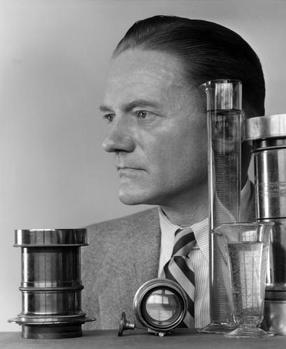
A. Aubrey Bodine (1906–1970) was an American photographer and photojournalist for The Baltimore Sun's Sunday Sun Magazine, also known as the brown section, for fifty years. Bodine is known for his images of Maryland landmarks and traditions. Bodine's books include My Maryland, Chesapeake Bay and Tidewater, Face of Maryland, Face of Virginia, and Guide to Baltimore and Annapolis.
William Herbert Mortensen was an American glamour photographer, primarily known for his Hollywood portraits in the 1920s–1940s in the Pictorialist style.

Blue Sky Gallery, also known as The Oregon Center for the Photographic Arts, is a non-profit exhibition space for contemporary photography in Portland, Oregon. Blue Sky Gallery is dedicated to public education, began by showing local artists and then slowly expanded to national and international artists.

The Photographers' Gallery was founded in London by Sue Davies opening on 14 January 1971, as the first public gallery in the United Kingdom devoted solely to photography.
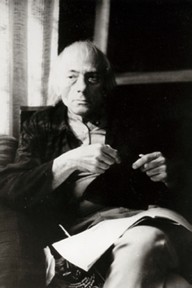
Louis Faurer was an American candid or street photographer. He was a quiet artist who never achieved the broad public recognition that his best-known contemporaries did; however, the significance and caliber of his work were lauded by insiders, among them Robert Frank, William Eggleston, and Edward Steichen, who included his work in the Museum of Modern Art exhibitions In and Out of Focus (1948) and The Family of Man (1955).

Tošo Dabac was a Croatian photographer of international renown. Although his work was often exhibited and prized abroad, Dabac spent nearly his entire working career in Zagreb. While he worked on many different kinds of publications throughout his career, he is primarily notable for his black-and-white photographs of Zagreb street life during the Great Depression era.
Reynolds Mark Ellis was an Australian social and social documentary photographer. He also worked, at various stages of his life, as an advertising copywriter, seaman, lecturer, television presenter and founder of Brummels Gallery of Photography, Australia's first dedicated photography gallery, where he established both a photographic studio and an agency dedicated to his work, published 17 photographic books, and held numerous exhibitions in Australia and overseas.

Morley Baer, an American photographer and teacher, was born in Toledo, Ohio. Baer was head of the photography department at the San Francisco Art Institute, and known for his photographs of San Francisco's "Painted Ladies" Victorian houses, California buildings, landscape and seascapes.

Walter Ernest Stoneman was an English portrait photographer who is known for taking photographs for the National Portrait Gallery (NPG) in London.

James Barnor Hon. FRPS, OV is a Ghanaian photographer who has been based in London since the 1990s. His career spans six decades, and although for much of that period his work was not widely known, it has latterly been discovered by new audiences. In his street and studio photography, Barnor represents societies in transition in the 1950s and 1960s: Ghana moving toward independence, and London becoming a multicultural metropolis. He has said: "I was lucky to be alive when things were happening...when Ghana was going to be independent and Ghana became independent, and when I came to England the Beatles were around. Things were happening in the 60s, so I call myself Lucky Jim." He was Ghana's first full-time newspaper photographer in the 1950s, and he is credited with introducing colour processing to Ghana in the 1970s. It has been said: "James Barnor is to Ghana and photojournalism what Ousmane Sembène was to Senegal and African cinema."
Impressions Gallery is an independent contemporary photography gallery in Bradford, England. It was established in 1972 and located in York until moving to Bradford in 2007. Impressions Gallery also runs a photography bookshop, publishes its own books and sells prints. It is one of the oldest venues for contemporary photography in Europe.
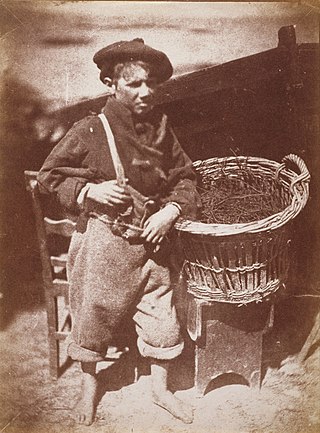
Scotland played a major role in the technical development of photography in the nineteenth century through the efforts of figures including James Clerk Maxwell and David Brewster. Its artistic development was pioneered by Robert Adamson and artist David Octavius Hill, whose work is considered to be some of the first and finest artistic uses of photography. Thomas Roger was one of the first commercial photographers. Thomas Keith was one of the first architectural photographers. George Washington Wilson pioneered instant photography and landscape photography. Clementina Hawarden and Mary Jane Matherson were amongst the first female photographers. War photography was pioneered by James MacCosh, James Robertson, Alexander Graham and Mairi Chisholm.

Mary Edith Fly was a late 19th and early 20th century American photographer who co-founded and managed Fly's Photography Gallery in Tombstone, Arizona, with her husband, photographer C.S. "Buck" Fry. She ran the studio alone after his death in 1901. There were few women photographers in this period, and her contributions were recognized in 1989 when she was inducted into the Arizona Women's Hall of Fame.